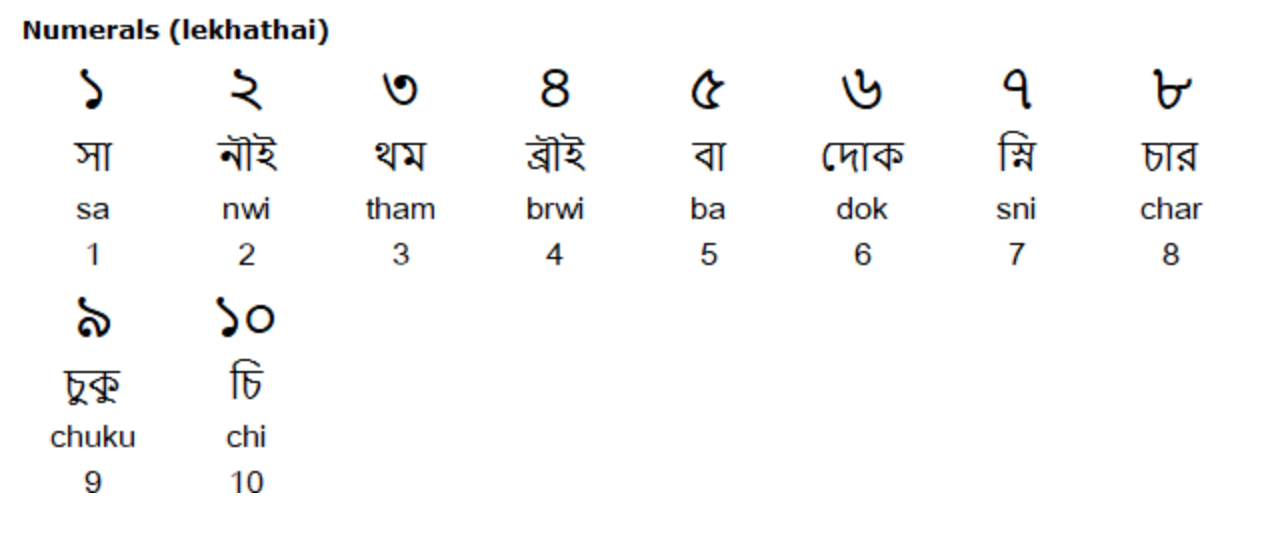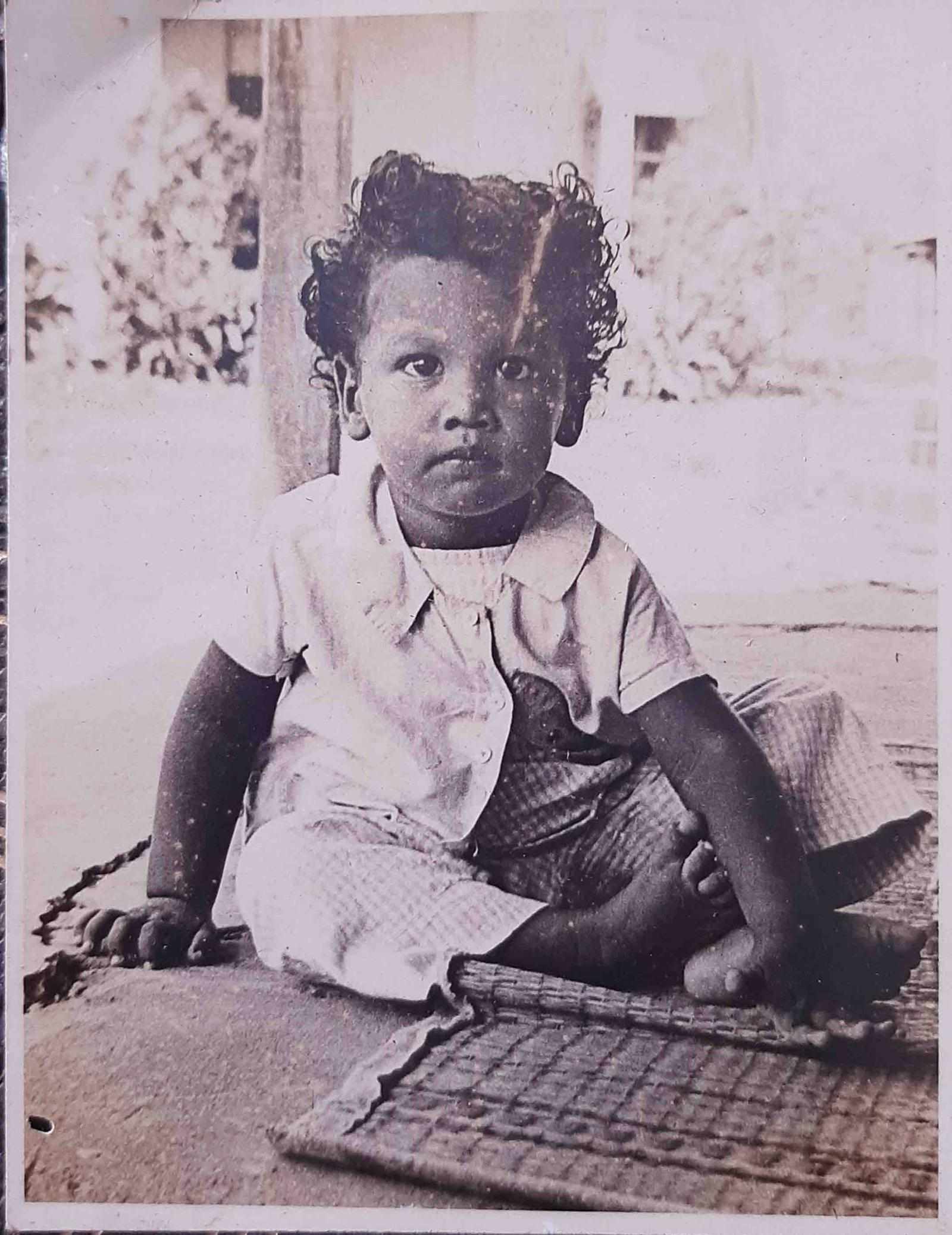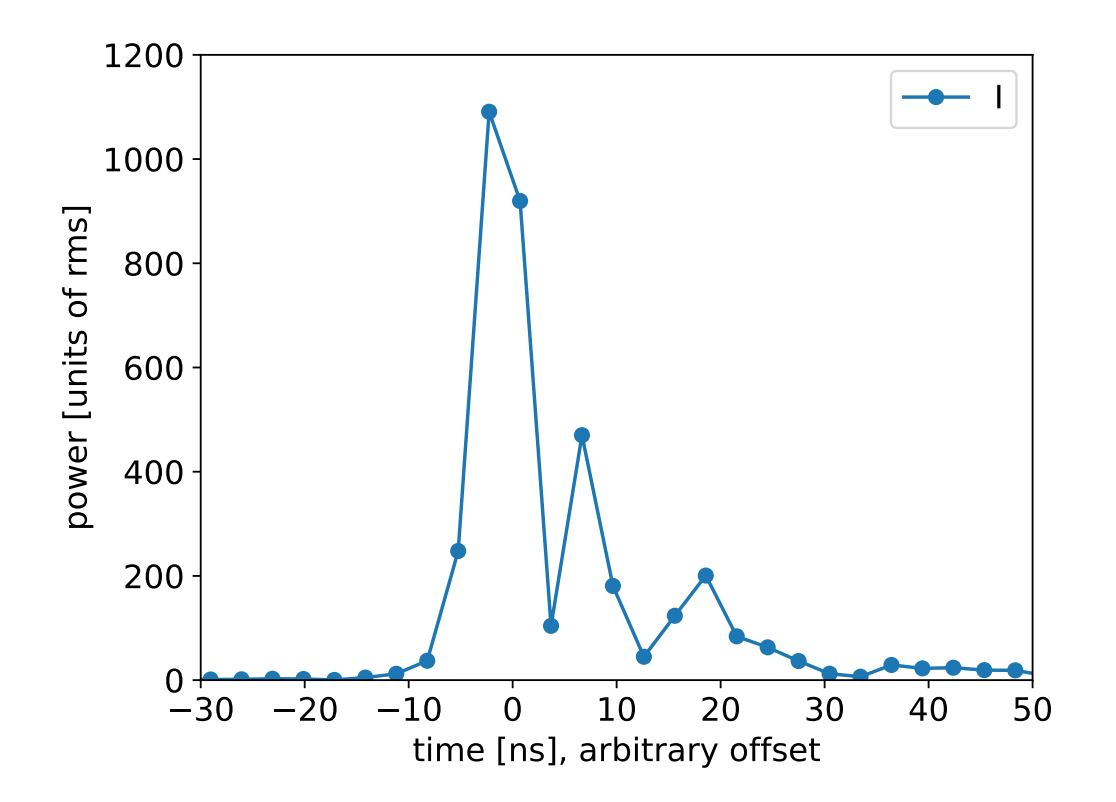
(Backstory: I'm taking a fiction writing course. A couple of weeks ago, one of our assignments was this: "Draft a short story that makes uses of ekphrasis. There is just one stipulation: there must be a moment of ‘stillness’ in your story." I had no idea what "ekphrasis" was before this course: "the use of detailed description of a work of visual art as a literary device." So anyway, I used the work of art, above, that hangs on a wall in our house, and wrote what follows.)
Some weeks after we returned from the trip, Jean-Claude arrived on his annual visit. Eighty a few months earlier, he was still erect, still gruff, still playful. As ever, Sura was thrilled, barely letting him put his bags down before dragging him around the house to show him the colourful dolphin, the black-and-gold cat, the paintings she had exhibited in "Art Unbound" just last month.
"But after," said Jean-Claude, so French in mistaking "after" for "afterwards" - "show me some photographs too!" One long finger wagged. This was always something between them, the times they would sit together and pore over a batch of photos, and then another batch. This time, Sura pulled up the images from our trip south - the train ride, the green valleys that fell away into the mist, the waterfalls, the quiet scenes from the village. I stood behind for a while, then left them alone. This 20 year-old, this 80 year-old, the bond they had crafted over the years and his several visits. I loved them for it, loved watching it take its varied shapes. But even more, I loved leaving them to it.
"This one!" I heard him saying. I didn't pay that any mind, but not half an hour later, I found them at our dining table. Each on a chair. In front of them on the table, a mug filled with brushes, tubes of paint and a palette, an iPad with a photograph - now I knew what "this one!" meant - on the screen, and a rectangular canvas with a crisp yellow line down the middle. "You go first," said Sura. Jean-Claude chose a brush, examined the bristles, squeezed a tiny gob of blue onto the palette, swirled it around with the brush, then made a small stroke at the left edge of the canvas. The left edge of his half of the canvas.
And they were off. He on the left, she on the right. 80 year-old, 20 year-old, painting their versions of the same photo on their halves of the canvas. Two days they were at it, sometimes laughing, sometimes ribbing each other, sometimes offering advice, that long finger sometimes wagging, but both mostly wrapped in silent focus. The rest of us, when not watching, reduced to eating our meals off other random furniture in the room.
No race, this. But his man, in particular, emerged sooner than hers. He looked older, stiffer, than in the photograph, shoulders hunched to carry the yellow bag, even if it didn't look heavy. She worked, first, on the house and the tree. The blue of her house paler than his, but somehow almost three-dimensional where his was flat. When she turned to the man, he was more subtly aged, the bag less of a burden than for Jean-Claude. She worked over her tree until it resembled pomegranate seeds dotting a dish of guacamole, reminding me of my violent allergy to the stuff. His remained a tree, breezily rendered and inviting. She added a streetlamp in the corner, lit, but unnecessarily so in the soft evening light she bathed the scene in. His scene was daylit, but not sunlit. His road, closer to the sandy original than hers, which was smooth and slightly sloped.
By some unvoiced agreement, they stopped once - or at least, once when I was there. Each considered the other's effort, and the other. With her brush, without a word, she pointed. He looked. He thought. He nodded. Then he carefully stroked white across the man's dhoti, until the bottom edge made a definite angle. Now it matched the man's one bent knee. Her dhoti's edge, by contrast? Perfectly horizontal, because her knee wasn't bent. Now she nodded, he smiled, they touched brushes and turned back to their halves. Five minutes, this interregnum, and a subtle difference between the men was now clear.
Two days they were at it, the photo morphing here and there on the canvas as we watched, then morphing again. Towards the end, they didn't speak much. But I wasn't the only one who sensed a closeness there, deeper than any before. This was Sura, confident in her strokes and her artistic vision. This was Jean-Claude, enjoying himself, but aware of what this was doing for her.
Jean-Claude is unwell this year, so will not visit. Sura shows our friends their joint canvas. It's signed. But only by him.














Write a comment ...